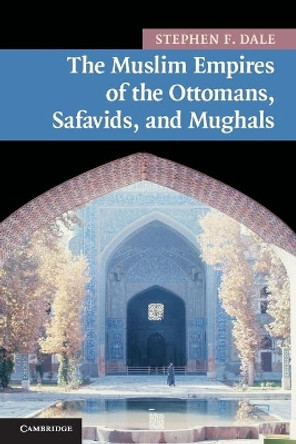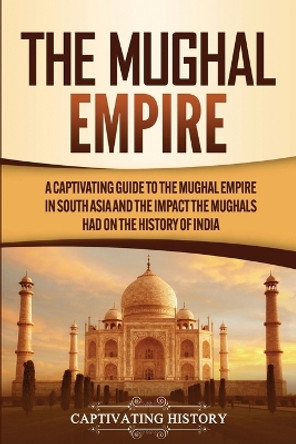The Mughal empire was one of the largest centralised states in pre-modern world history. It was founded in the early 1500s and by the end of the following century the Mughal emperor ruled almost the entire Indian subcontinent with a population of between 100 and 150 millions. The Mughal emperors displayed immense wealth and the ceremonies, music, poetry, and exquisitely executed paintings and objects of the imperial court created a distinctive aristocratic high culture. In this volume, Professor John Richards traces the history of this magnificent empire from its creation in 1526 to its breakup in 1720. He stresses the dynamic quality of Mughal territorial expansion, their institutional innovation in land revenue, coinage and military organisation, ideological change and the relationship between the emperors and Islam. Professor Richards also analyses institutions particular to the Mughal empire, such as the jagir system, and explores Mughal India's links with the early modern world.
The Mughal empire was one of the largest centralised states in the pre-modern world and this new volume traces the history of this magnificent empire from its creation in 1526 to its breakup in 1720.Reviews'This excellent monograph sets for itself the goal of providing a one-volume synthesis accessible to the non-specialist, of a period in India's past which has had an enduring impact and influence on the region's political, economic and cultural history.' The Journal of Imperial and Commonwealth History
Book InformationISBN 9780521566032
Author John F. RichardsFormat Paperback
Page Count 340
Imprint Cambridge University PressPublisher Cambridge University Press
Weight(grams) 578g
Dimensions(mm) 229mm * 152mm * 19mm








